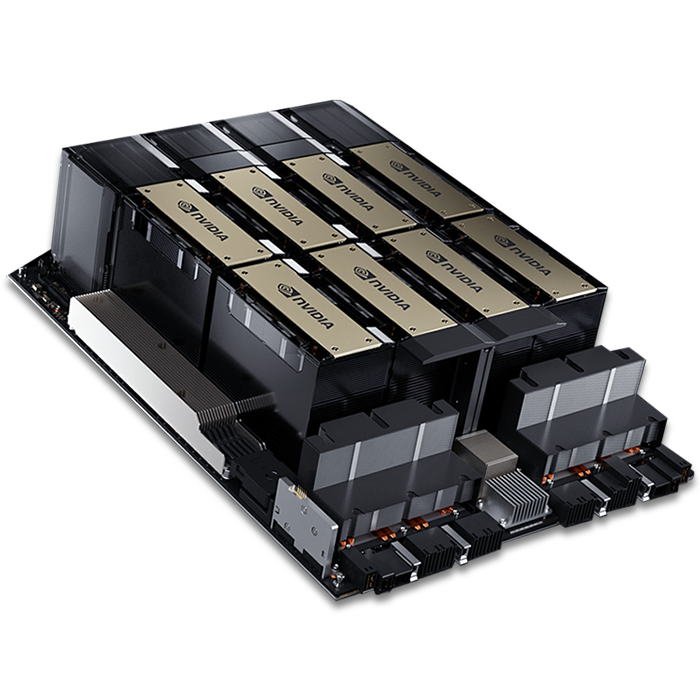

March 27, 2024
The unveiling of NVIDIA's Blackwell architecture at GTC 24 has excited the tech community. As pioneers in the field, we at Arc Compute are eager to explore this transformative technology and shed light on its profound implications for the future of computing.
November 21, 2023
Those working closely with GPUs understand that a fundamental challenge in harnessing them effectively is efficiently executing the complex interplay of threads while managing memory bandwidth.
September 13, 2023
Memory hierarchies in GPUs are crucial for optimizing the performance of parallel computing tasks. These memory hierarchies consist of various types of memory with different characteristics to cater to the diverse requirements of GPU workloads.
September 13, 2023
Learn why GPUs, while incredibly powerful, face hidden challenges that impact their optimization. From thread divergence to memory efficiency, explore the nuanced world of GPU computing and how these challenges are overcome in real-world applications.